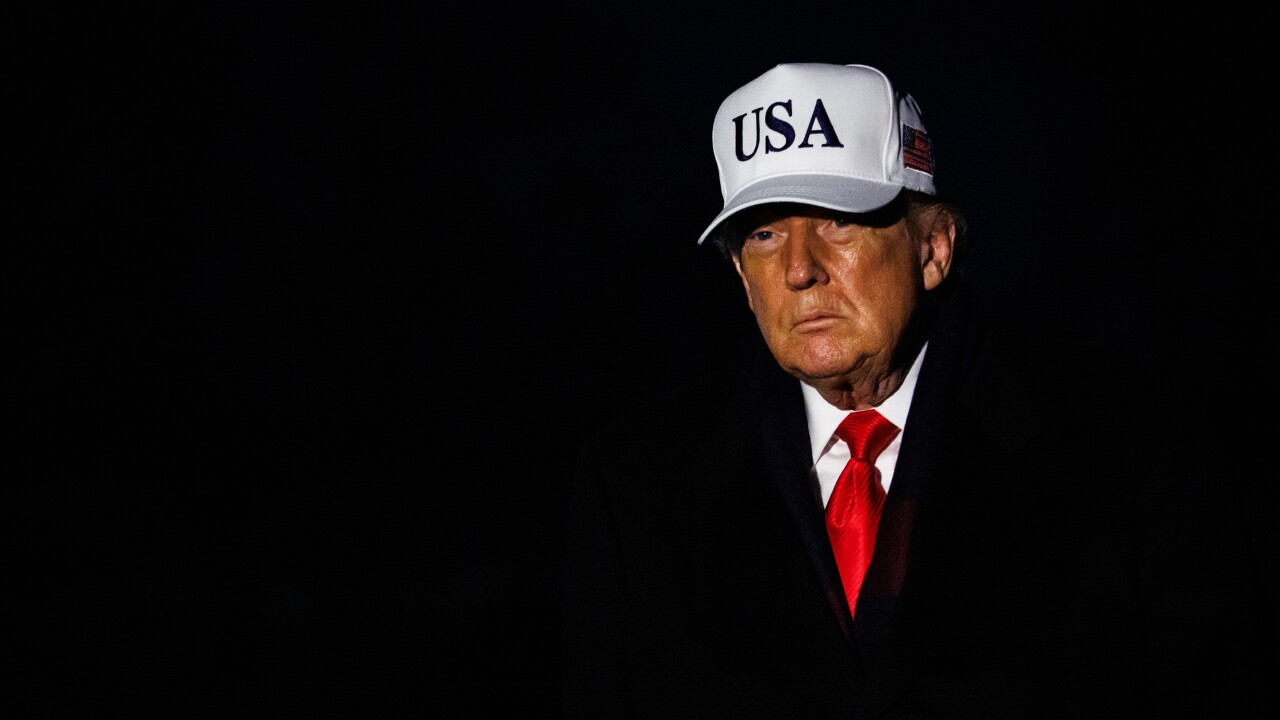-
The lower profits and new fees banks predicted when the swipe fee cap on debit cards was initially proposed never came to fruition. Why believe them now?
August 7
Warnings of
Comments followed swiftly. Merchants celebrated. Mallory Duncan of the National Retail Federation
Banks moaned. The National Association of Federal Credit Unions said in a
One hears that frequently: bad government versus good free markets. Like most things, the reality is more complicated so lets unpack it in relation to interchange.
I believe that a free market sets prices better than any central body. But a lack of government involvement does not a free market make. Rather, a free market is where, per Wikipedia,
Interchange is not set in a free market. The payers of interchange merchants have little or no say in the price they pay. They dont negotiate with Visa, MasterCard, or PIN debit networks, which, prior to the Durbin amendment, set debit interchange. Credit interchange continues to be set by Visa and MasterCard. Its not quite a monopoly, more a duopoly, but certainly not a free market. So rather than a market price, interchange is a transfer of value from merchants to card issuers, with prices being set by a third party (the networks). What does that sound like? It sounds like a tax.
No one likes taxes except the parties receiving them. So we need to replace interchange taxes with prices set by a market.
Prior to the Feds first run at implementing Durbin, three economists (David Evans, Robert Litan and Richard Schmalensee) submitted a
Note the implicit reasoning: banks have to maintain their margins, and if they cant do it by indirectly charging merchants, they will do it by directly charging their customers or cutting services.
Of course, banks and networks must be compensated for what they provide to merchants, but they should be compensated just for that as was the case in the early days of the interchange system not for cardholder benefits such as loyalty programs and lounge access. The increases in interchange to fund cardholder benefits are one reason for merchant dissatisfaction.
If we want market-set prices, charging customers sounds like a good thing: the buyers see the price of product (say a rewards card) and what they get for that price. They then compare that price/benefit with what other sellers offer before making a decision to purchase.
As to customers losing valuable services, it would be more accurate to say services provided by banks. But innovators, unburdened by the internal costs and quarterly return pressures of legacy financial institutions, are stepping up and providing services those institutions cannot or will not. A fine example of markets at work.
Many banking products, such as rewards cards, have been subsidized with money from others, which allow those products to be offered as free when their standalone P&Ls would never support it. So bank customers have grown accustomed to getting many products for free.
Now the pressure is on banks to operate in different ways: develop creative new products and services, change revenue expectations from merchant interchange to customer fees (as used to be the case) and more simply, work harder at showing the value of their products.
Moving customers from free to paid products sounds daunting, but is wholly possible. How many people would have thought, 30 years ago, that a company called HBO would have 28 million subscribers paying a monthly fee for television?
Pricing products to more accurately reflect their value (and cost) will move payments further toward a well-functioning market. It is much easier for consumers to change the payment cards they use than it is for merchants to change the types of payments they accept.
The gnashing of teeth and rending of hair we hear is nothing to fearit is the sound of creative destruction, a process fundamental to economic vitality and one that, in this case, might lead payments to a something closer to a free market.
David True is the president of





